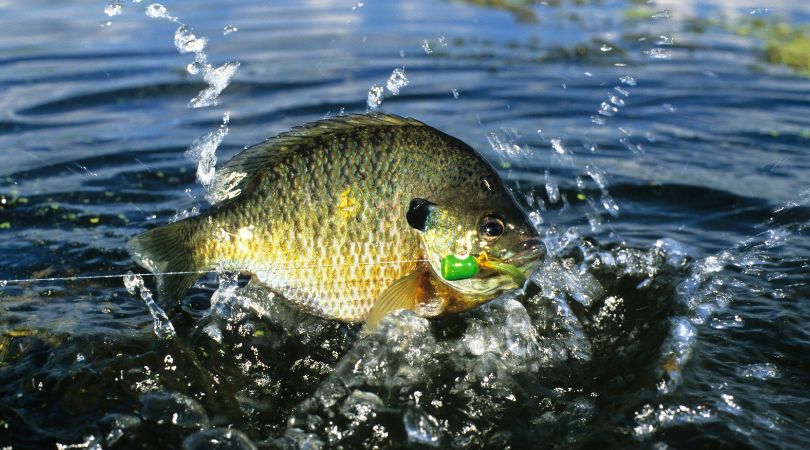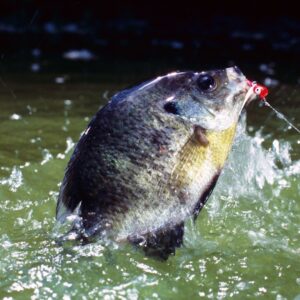
How to Do SEO for Beginners: A Comprehensive Guide
Search Engine Optimization (SEO) is crucial for improving your website’s visibility and driving organic traffic from search engines. While it may seem daunting for beginners, hiring Auckland SEO companies and implementing their effective strategies can greatly enhance your online presence. In this article, we will provide you with a step-by-step guide on how to do SEO as a beginner.
1) Conduct Keyword Research:
 Keyword research is the foundation of SEO. Start by identifying relevant keywords and phrases that your target audience might use when searching for products or services similar to yours.
Keyword research is the foundation of SEO. Start by identifying relevant keywords and phrases that your target audience might use when searching for products or services similar to yours.
Utilize keyword research tools such as Google Keyword Planner, SEMrush, or Ahrefs to find popular and low-competition keywords.
Incorporate these keywords strategically throughout your website’s content, including titles, headings, meta tags, and body text, to improve its ranking in search engine results pages (SERPs).
2) Optimize On-Page Elements:
On-page optimization refers to optimizing the various elements on your website to make it search-engine friendly. Pay attention to the following key elements:
Title Tags: Craft unique and descriptive title tags for each page, incorporating relevant keywords.
Meta Descriptions: Write compelling meta descriptions that summarize the page’s content and encourage click-throughs from searchers.
Headings: Use hierarchical heading tags (H1, H2, H3, etc.) to structure your content and include keywords where appropriate.
URL Structure: Create clean and user-friendly URLs that include relevant keywords and accurately represent the page’s content.
Image Optimization: Optimize image file names and alt tags using keywords to improve accessibility and search engine indexing.
3) Create High-Quality Content:
 Content is king when it comes to SEO. Produce high-quality, informative, and engaging content that is valuable to your target audience.
Content is king when it comes to SEO. Produce high-quality, informative, and engaging content that is valuable to your target audience.
By creating content that answers their questions or solves their problems, you can attract more visitors and increase your chances of earning backlinks from other reputable websites.
Regularly update your website with fresh content to demonstrate to search engines that your site is active and relevant.
4) Build Quality Backlinks:
Backlinks, or inbound links from other websites, are a crucial ranking factor for search engines. Focus on building quality backlinks from authoritative and relevant websites within your industry. Some effective strategies for acquiring backlinks include guest blogging, reaching out to influencers or industry experts for collaborations, and creating shareable content that naturally attracts links. Remember, quality matters more than quantity, so aim for authoritative and relevant backlinks rather than spammy ones.
5) Monitor and Analyze Performance:
 Regularly monitor and analyze your website’s performance using tools like Google Analytics and Google Search Console.
Regularly monitor and analyze your website’s performance using tools like Google Analytics and Google Search Console.
These tools provide valuable insights into your website’s traffic, keyword rankings, click-through rates, and more.
By understanding how your website is performing, you can identify areas for improvement and adjust your SEO strategies accordingly.
Conclusion:
SEO may seem complex at first, but by following these basic steps, beginners can lay a solid foundation for optimizing their website for search engines. Remember to conduct thorough keyword research, optimize on-page elements, create valuable content, build quality backlinks, and monitor your website’s performance. With consistent effort and a commitment to learning, you can improve your website’s visibility, drive organic traffic, and ultimately achieve your SEO goals.


 One of the first aspects to observe when differentiating between a sunfish and a bluegill is their body shape and coloration. Bluegills have a somewhat oval-shaped body with a laterally compressed appearance, which means they are more flattened from side to side. On the other hand, sunfish tend to have a more rounded body shape. Additionally, bluegills usually have dark olive-green coloration on their back, transitioning to a lighter yellowish-green or silver on their sides, often accompanied by a distinct dark spot at the rear of their dorsal fin. Sunfish, on the other hand, display a more vibrant coloration, with a mix of blue, green, and orange hues on their body.
One of the first aspects to observe when differentiating between a sunfish and a bluegill is their body shape and coloration. Bluegills have a somewhat oval-shaped body with a laterally compressed appearance, which means they are more flattened from side to side. On the other hand, sunfish tend to have a more rounded body shape. Additionally, bluegills usually have dark olive-green coloration on their back, transitioning to a lighter yellowish-green or silver on their sides, often accompanied by a distinct dark spot at the rear of their dorsal fin. Sunfish, on the other hand, display a more vibrant coloration, with a mix of blue, green, and orange hues on their body. 3) Habitat and Behavior:
3) Habitat and Behavior: